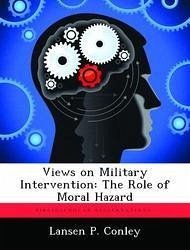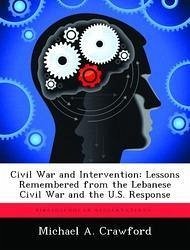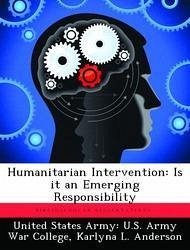Nicht lieferbar

Views on Military Intervention: The Role of Moral Hazard
Versandkostenfrei!
Nicht lieferbar
Debate has raged on when and how the US should intervene in the affairs of others. Many argue that our policy of intervention has been inconsistent during the l990s. Some argue the US has not done enough, while others argue we are doing too much. Regardless of the perspective taken, there are no clearly articulated criteria or policy to use in determining when the US should intervene in the affairs of another state, a non-state, or a trans- national group in one instance and not in another. The questions concerning intervention and flexing US power are never exactly the same and the answers ar...
Debate has raged on when and how the US should intervene in the affairs of others. Many argue that our policy of intervention has been inconsistent during the l990s. Some argue the US has not done enough, while others argue we are doing too much. Regardless of the perspective taken, there are no clearly articulated criteria or policy to use in determining when the US should intervene in the affairs of another state, a non-state, or a trans- national group in one instance and not in another. The questions concerning intervention and flexing US power are never exactly the same and the answers are always varying shades of gray; much of the recent literature seems to describe and analyze different aspects of the problem. This paper discusses intervention. Specifically, we evaluate the conditions under which the US should intervene in the affairs of another actor or actors with military force. We use moral hazard theory to guide our analysis. Obviously, the US has many ways to intervene when it so chooses economically, diplomatically, militarily, informationally, culturally, officially, unofficially, with government agencies, with non- governmental organizations, and the like. However, military intervention has been and remains the most controversial especially since the end of the Cold War.








